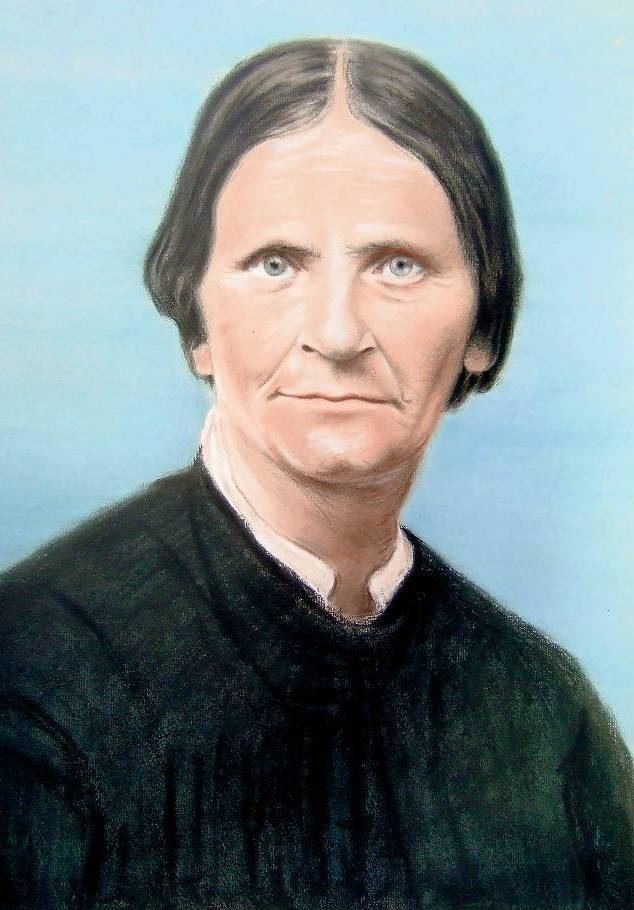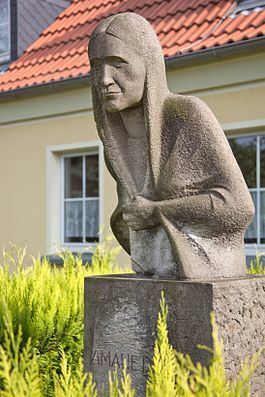Name Amalie Dietrich | ||
 | ||
Died March 9, 1891, Rendsburg, Germany | ||
AMALIE DIETRICH - English version
Koncordie Amalie Dietrich (née Nelle) (26 May 1821 – 9 March 1891) was a German naturalist who was best known for her pioneering work in Australia, where she spent ten years collecting specimens for the Museum Godeffroy in Hamburg.
Contents
- AMALIE DIETRICH English version
- AMALIE DIETRICH Versin en castellano
- Early life
- Australia
- Controversy
- References

AMALIE DIETRICH - Versión en castellano
Early life

Amalie Dietrich was born in Siebenlehn, Saxony, German Confederation. In 1846, Amalie married Wilhelm August Salomo Dietrich, a doctor. Wilhelm taught Amalie about collecting and they planned careers working as naturalists, and, for a number of years, created collections in Europe. Charitas, their only daughter, was born in 1848. In 1861, Amalie learned that her husband had been having an affair, and they separated. She later returned to him, and left again when she was forty, deciding to make a life for herself and her daughter.
Australia

She was employed as a naturalist by Johann Cesar VI. Godeffroy (1818 - 1885), a wealthy shipping magnate who at the time was establishing the Museum Godeffroy in Hamburg. She was the only female collector who was employed by Godeffroy, and he sent her to Australia. Amalie left her daughter in boarding school and travelled to Brisbane, Australia, arriving on August 7, 1863.

Dietrich collected a wide range of natural specimens and artifacts created by Indigenous Australians. She is thought to have been the first European person to collect the deadly snake that is known as the taipan for science, and her bird collection is thought to be the largest ever collected by a single person. Her collection of spiders formed the basis of the major reference work on Australian spiders. She travelled widely in Queensland, collecting in Brisbane, Gladstone, Rockhampton, Mackay, Lake Elphinstone and Bowen. She returned to the German Empire in 1872.

Godeffroy kept Dietrich's best specimens for his museum and sold others to museums in Europe. Naturalists in Europe were excited by her collections and named many species in her honour, including the wasp Nortonia amaliae, the plant Drosera dietrichiana and the tree Acacia dietrichiana. Her collections formed the basis of Zur Flora von Queensland by C. Luerssen. She never published anything in her name; however, her collections remain in museums in Europe to this day.
Controversy
Dietrich was only one of many people involved in the collection of aboriginal human remains. There is no evidence that she was personally involved in grave desecration or genocide, though this was common on the Queensland frontier. She purchased Aboriginal remains as required by her employer. Her reputation has been extended negatively by anecdotes. Since 1991 the invented label 'Angel of Black Death' has received wide publicity.
